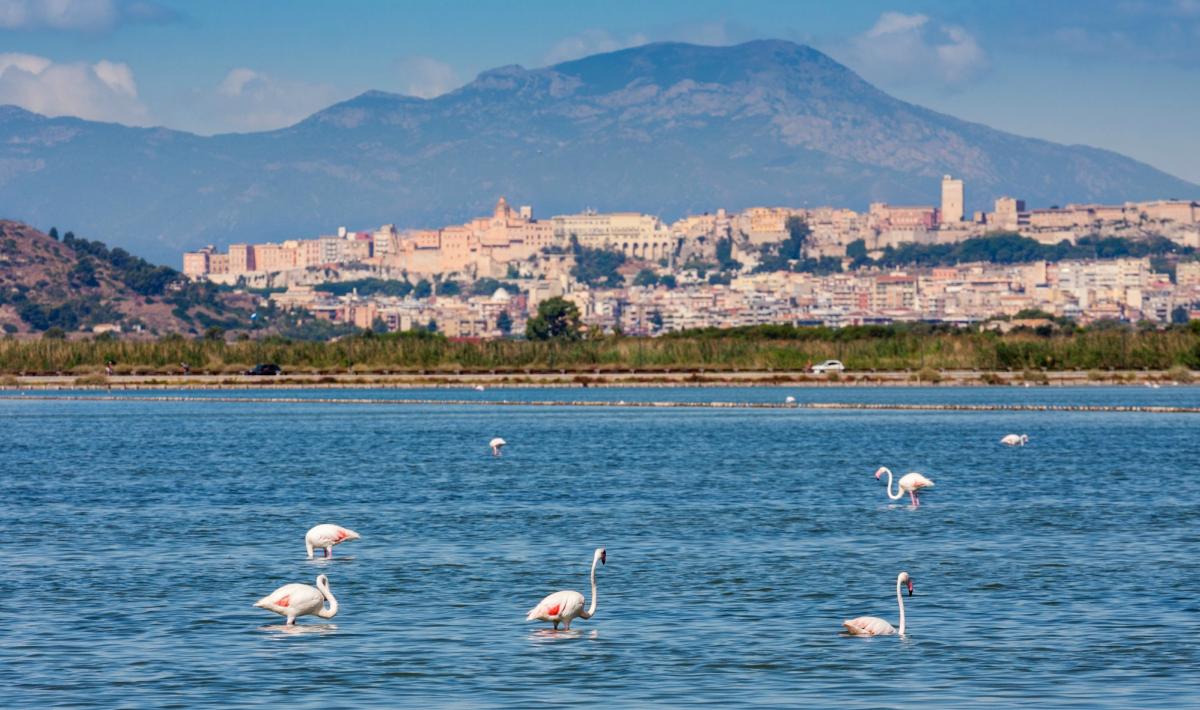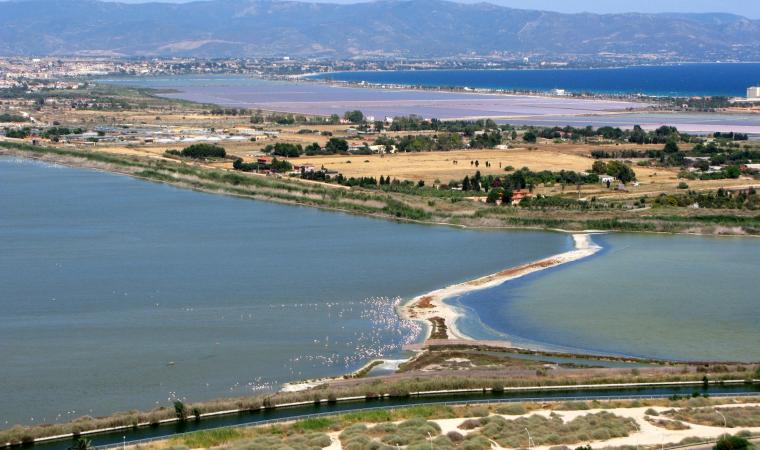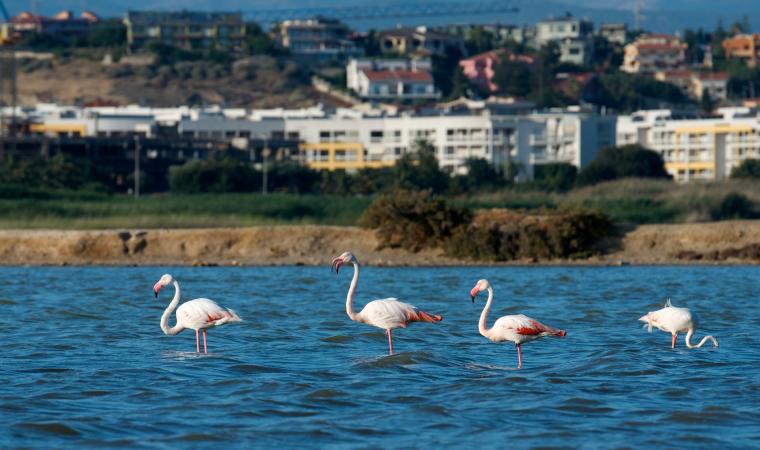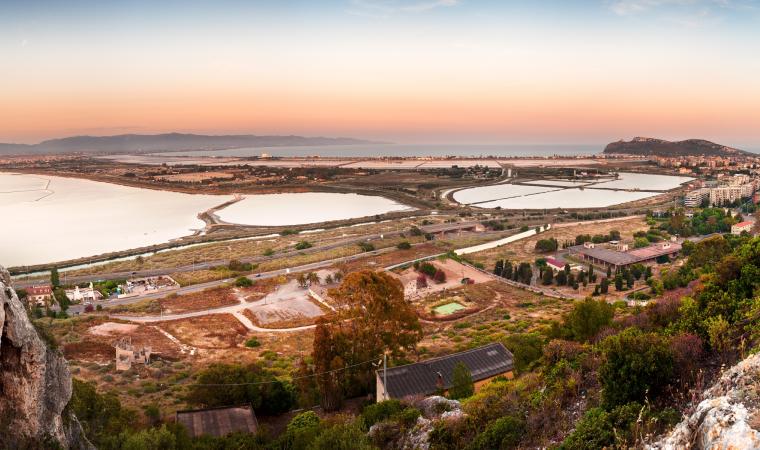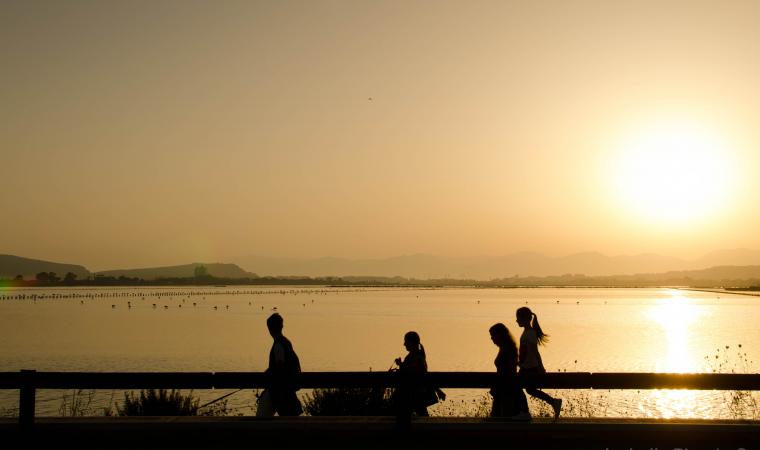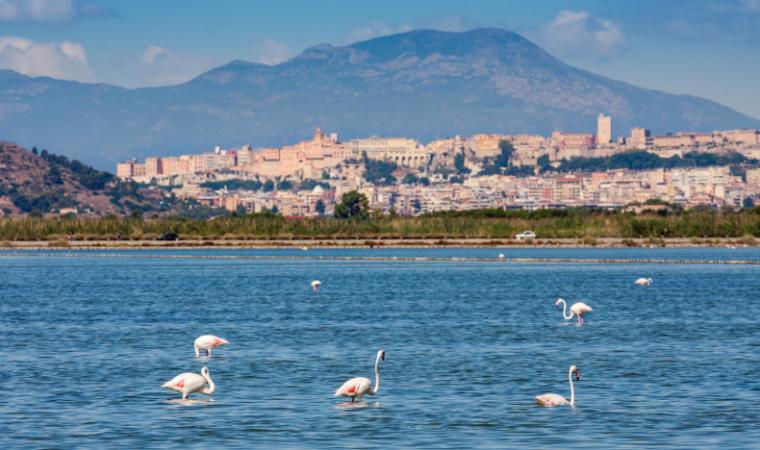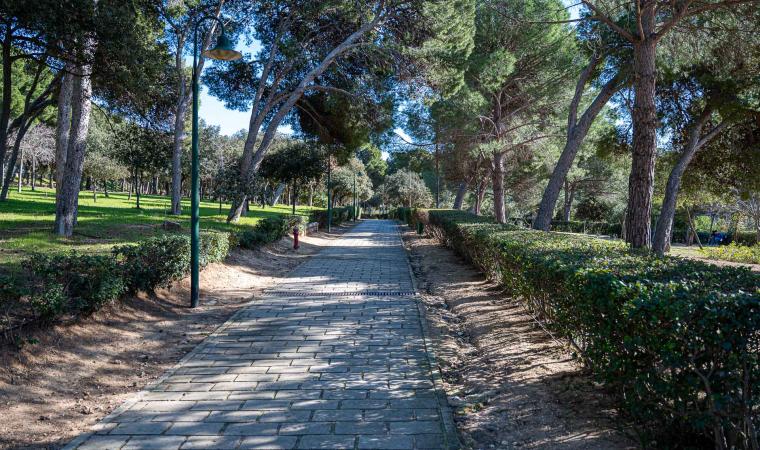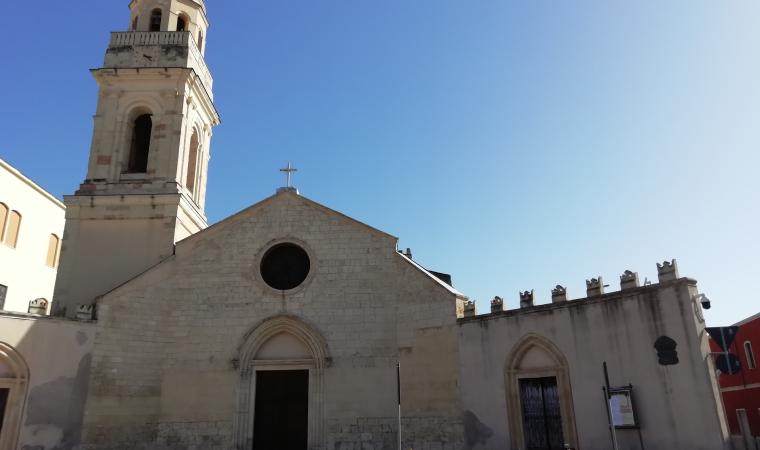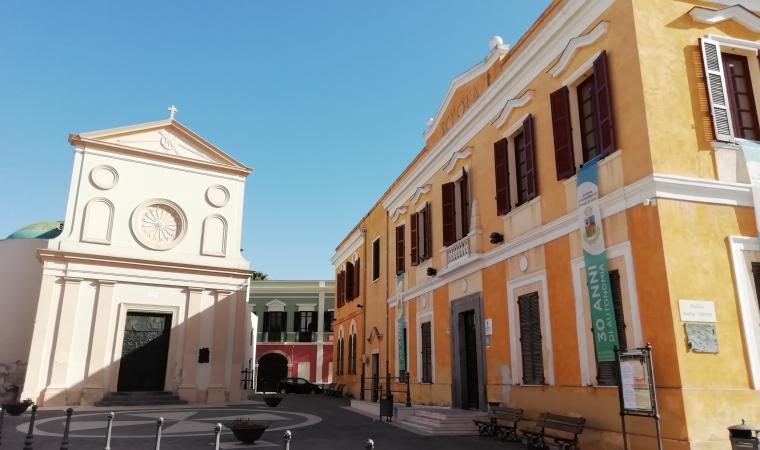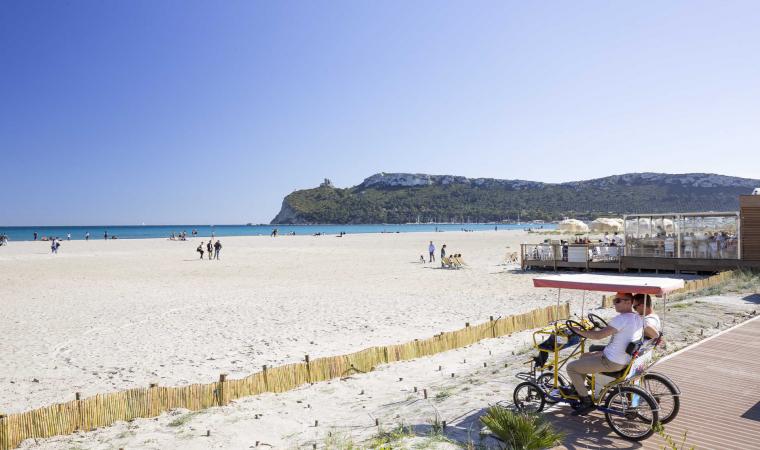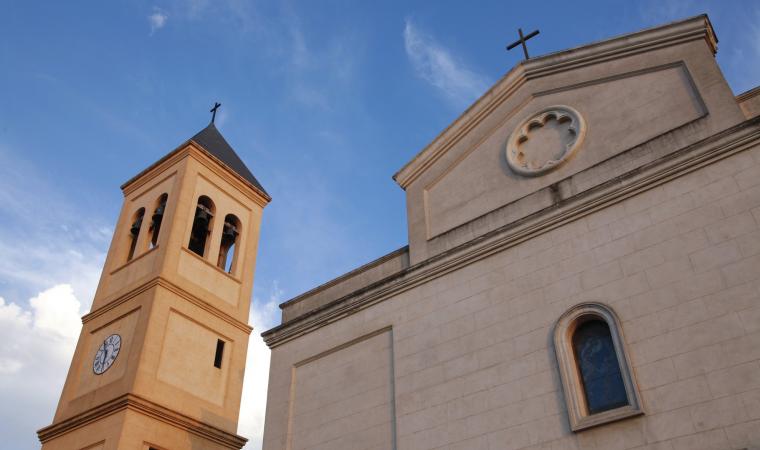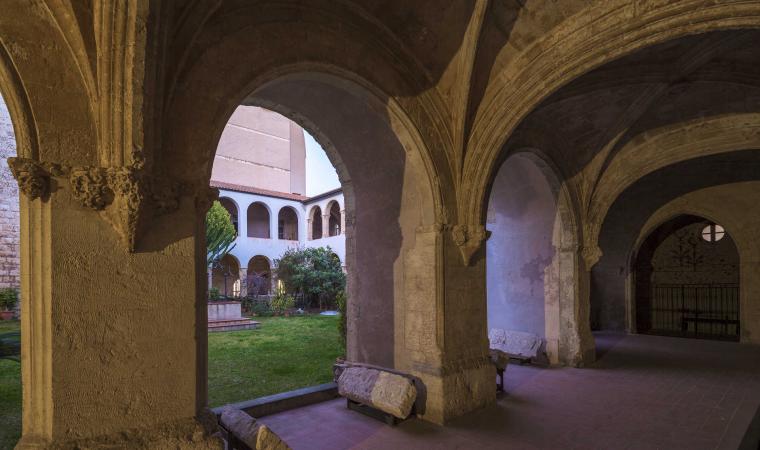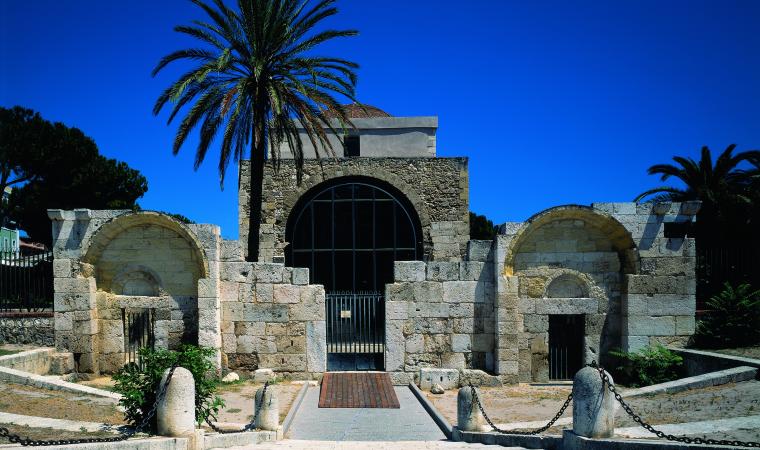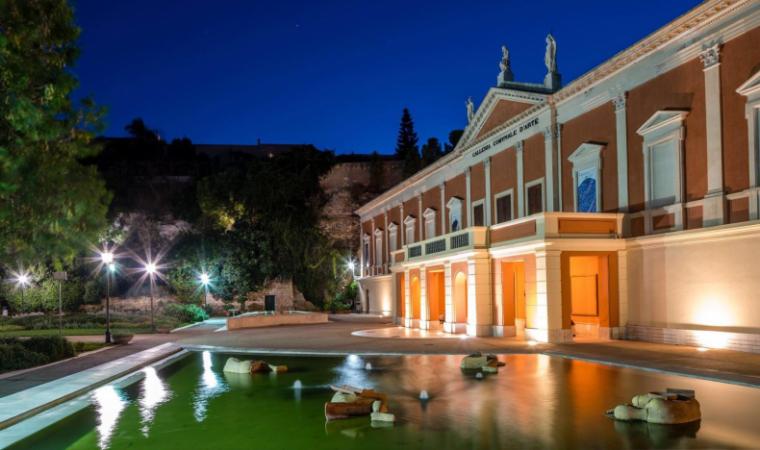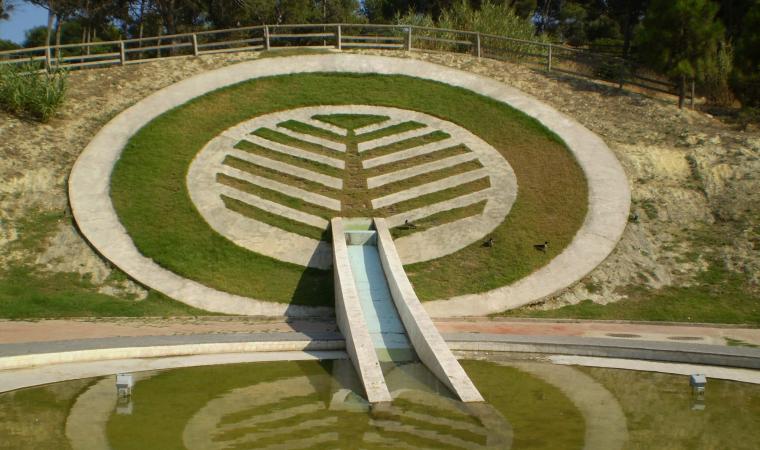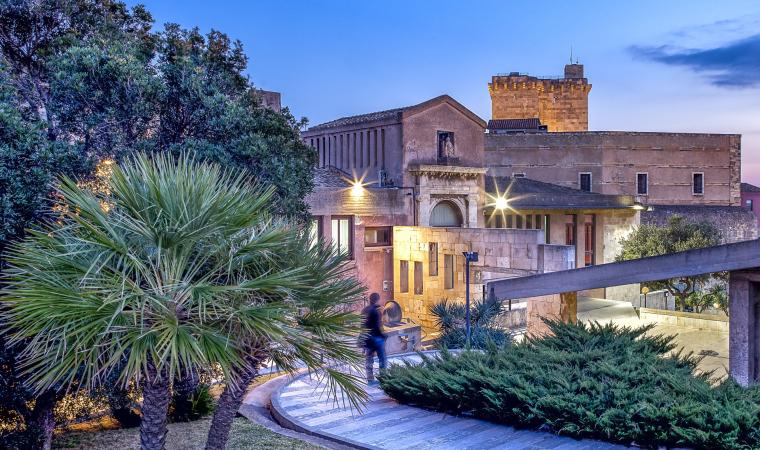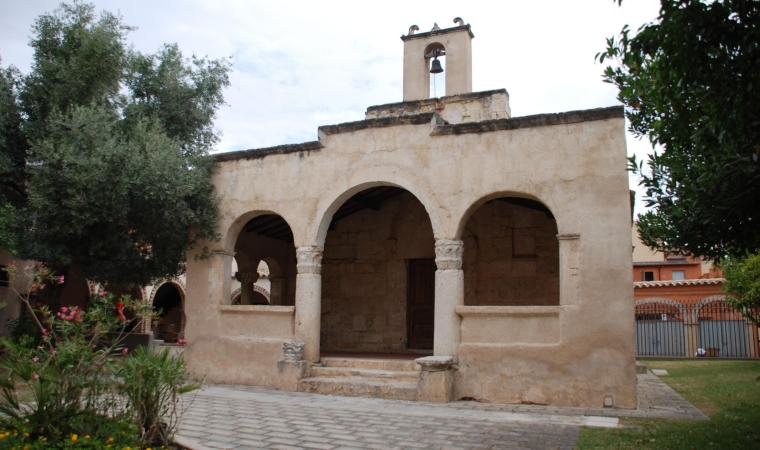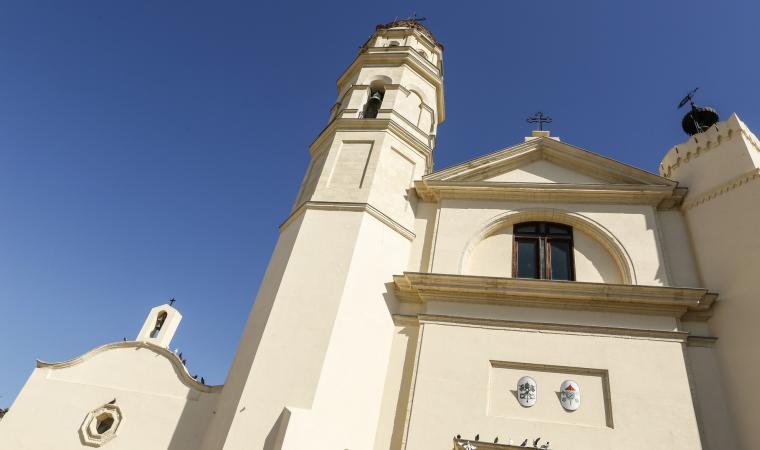A place in equilibrium between mankind and the environment, between bodies of water and vestiges of ancient salt basins for some 400,000 citizens. Within the vast area of Cagliari, it is an oasis for leisure just a short distance from home and for its most famous inhabitants - the pink flamingos - that find the perfect nesting place right here. Without disturbing them, you can admire these majestic birds in Molentargius, which was the richest Sardinian basin for sea-salt extraction for two and a half centuries - an activity that ceased in 1985 - as evidenced by the name itself, deriving from molenti (donkey), an ancient means of transporting the precious loads of salt. Already included in the 1977 Ramsar Convention on Wetlands of International Importance, the area became a regional park in 1999 to protect and enhance one of the main resting and nesting sites of aquatic birds in Europe. The Molentargius-Saline extends across 1,600 hectares in the extreme southern part of the Campidano plain, overlooking the Golfo degli Angeli (Gulf of the Angels) and bordered by Cagliari urbanisation of Quartu Sant'Elena, Quartucciu and Selargius, and by the seafront of the beautiful Poetto. Its uniqueness can be perceived even from the peaks of Monte Urpinu and Sella del Diavolo.
The protected territory is divided into two systems, fresh and salt water: a coexistence sui generis. The fresh-water ponds are the Perdalonga, the Bellarosa Minore and the 'filter ecosystem', a natural purification system that separates the Bellarosa Minore from the salt waters of Bellarosa Maggiore (or, Molentargius), utilised throughout the salt production activities as the first evaporation tank. The other salt areas are the Perdabianca pond, the former salt basins of Cagliari and the Quartu pond that respectively housed the second and third evaporation and crystallisation tank for sodium chloride. Separating the two systems emerges the “fossil” plain of is Arenas, cultivated up until the mid-20th century. The fresh-water environments are characterised by expanses of reeds and bulrush, as well as hydrophilic vegetation; where there is high salinity, you will find halophyte, glasswort, endemic and rare species inscribed in the Red List of Threatened Species.
Visiting the park, you will be spoilt for choice - guided tours on foot, by bike or by boat along the canals and on electric buses, together with the operators of the Centre for Environmental Education and Sustainability (CEAS). You will be accompanied to the areas that are best suited to birdwatching, stopping in a hut before the embankment of Bellarosa Maggiore, where the flamingo and slender-billed gull nest. Even the reed of the Minore is a refuge for nesting birds, including the cattle egret, the black-winged stilt, little egret, mallard and numerous species of ducks. With a little luck, you will see the shy sultan chicken, with its metallic blue plumage and scarlet red beak. The free pathways within the green areas offer daily access - just be sure to bring your binoculars with you, so as not to disturb the birdlife from up close. There is even a bikesharing station and rental service available for the bike tours.
The Molentargius landscape is the product of a long industrial process, linked to the centuries-old history of the salt basins. The park is dotted with architecture from various eras - 19th-century canals and basins, the workers' village and iron bridges from the early-20th century, the sheds of the “salt channels”, sluice gates and battlements, the Decauville railway and the Rollone pumping station. The Phoenicians, Punics and Romans were the first exporters of Sardinian salt. Under the Judicatures, the salt basins acquired international importance, before then being used by the Pisans, Aragonese, Spanish and Piedmontese. Industrial production began in 1830. A new impetus came in 1920s and 1930s, with modern facilities comprising the “city of salt”, being an integrated complex of workplaces and residences, similar to contemporary mining villages. There is also the management building, the 'select salt' edifice (now home to the park) and the former recreational building including an auditorium that is today the Teatro delle Saline. There are also the laboratories, warehouses, workshops, the joinery, cafeteria and change rooms. The industrial settlement is flanked by military ruins and the anti-tank obstacles from the Second World War of su Staineddu.

